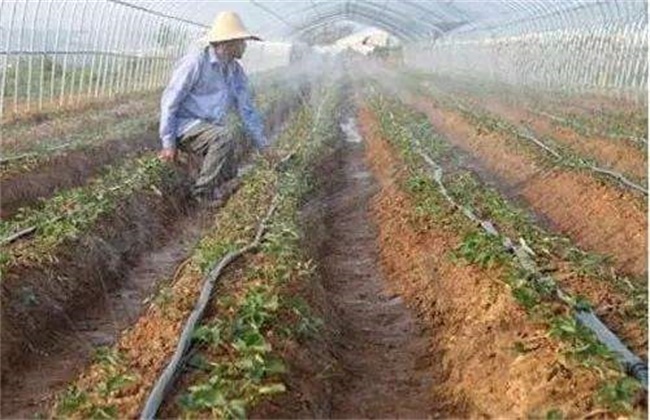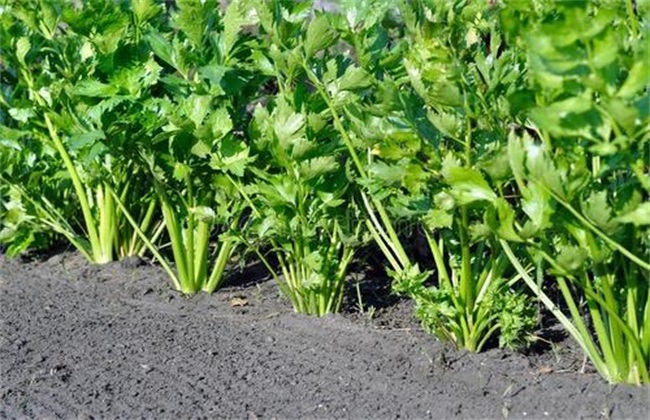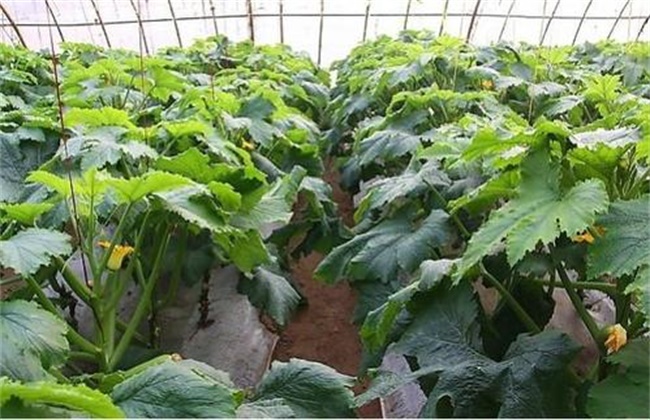What should be paid attention to after watering chili peppers in winter
Because of the low temperature in winter, many farmers only know that watering chili peppers in winter should be scientific, but they do not know that they should pay attention to some problems after watering. After watering in the greenhouse in winter, often because of the low temperature and high humidity in the interior, the growth of pepper is poor and the disease occurs frequently, so what should we pay attention to after watering the pepper in winter? Let's take a look.

1. Raise the temperature of the shed in time
After watering pepper cultivated in greenhouse in winter, farmers should close the vents in time to find ways to increase the temperature in the greenhouse, which is generally about 2-3 degrees higher than usual, and raise the temperature to promote the rise of ground temperature, so as to ensure the normal growth and development of pepper. If the greenhouse temperature is low after watering, then the ground temperature can not rise in a short time, which will lead to poor root growth and development.
2. Timely dehumidification
After the chili peppers are watered in the greenhouse, the first thing farmers should do is to do a good job of dehumidification, in which raising the temperature of the greenhouse is the most effective way to reduce air humidity. After closing the vents of the shed, in the process of raising the temperature of the shed, the humidity in the shed will also be relatively reduced, and after the temperature of the shed is high, the vents will be opened gradually to further ventilation and dehumidification.
3. Prevent the condensation of greenhouse film.
After the pepper was watered, because of the high air humidity in the greenhouse, and the increase of temperature in the greenhouse, the greenhouse film was very easy to dew and affect the light transmittance of the greenhouse film, which would hinder the photosynthesis of pepper leaves and was not conducive to the growth and development of plants. When the plant photosynthesis is insufficient, the plant synthesizes less nutrients and the yield is low, it can be applied to the greenhouse antifogging agent or bean noodle water, which can replicate the greenhouse film condensation.
4. Pay attention to the use of medicine
The humidity in the shed is already very high after watering, so if you are spraying chemicals, the humidity in the shed will be even higher, so you should avoid using medicine after 1-2 days of watering chili peppers. If you have to use medicine, it is best to choose dust or aerosol. In this way, while preventing diseases and insect pests, it can also effectively reduce air humidity.
5. Prevent gas damage
Many farmers often combine topdressing with watering, but the fertilizer contains more nitrogen fertilizer when topdressing, and these fertilizers produce a large amount of ammonia after flushing and applying, and when the greenhouse is closed, ammonia can not be discharged in time, which is easy to follow bad chili peppers, causing air damage. Therefore, it must be properly ventilated after applying fertilizer and water along with the water, and the harmful gas will be discharged outdoors in time. In addition, when flushing fertilizer, try to choose fertilizer with low nitrogen content, and prohibit the use of such fertilizer in winter to avoid gas damage.
The above is the introduction of what we should pay attention to after watering chili peppers in winter. I hope it can help you. If you want to know more about it, please follow us.
Related
- Where is it suitable to grow horseradish in China? it is expected to see the middle altitude horseradish in Alishan.
- How to prevent tomato virus disease reasonably? (Control methods included)
- Many people like to plant towel gourd on the balcony. What are the main points of this method and management?
- What crops can chili peppers be mixed with?
- Fertilization techniques and matters needing attention in Tomato
- What are the grafting techniques for peach seedlings in spring?
- Harm and control methods of root swelling disease of Chinese cabbage
- What are the pests of sweet potatoes? How to prevent and cure it?
- Symptoms, causes and Control methods of navel Rot in Tomato
- The cause of "Cucumber rotten bibcock" in Farmers' planting Cucumber and its Control Plan



